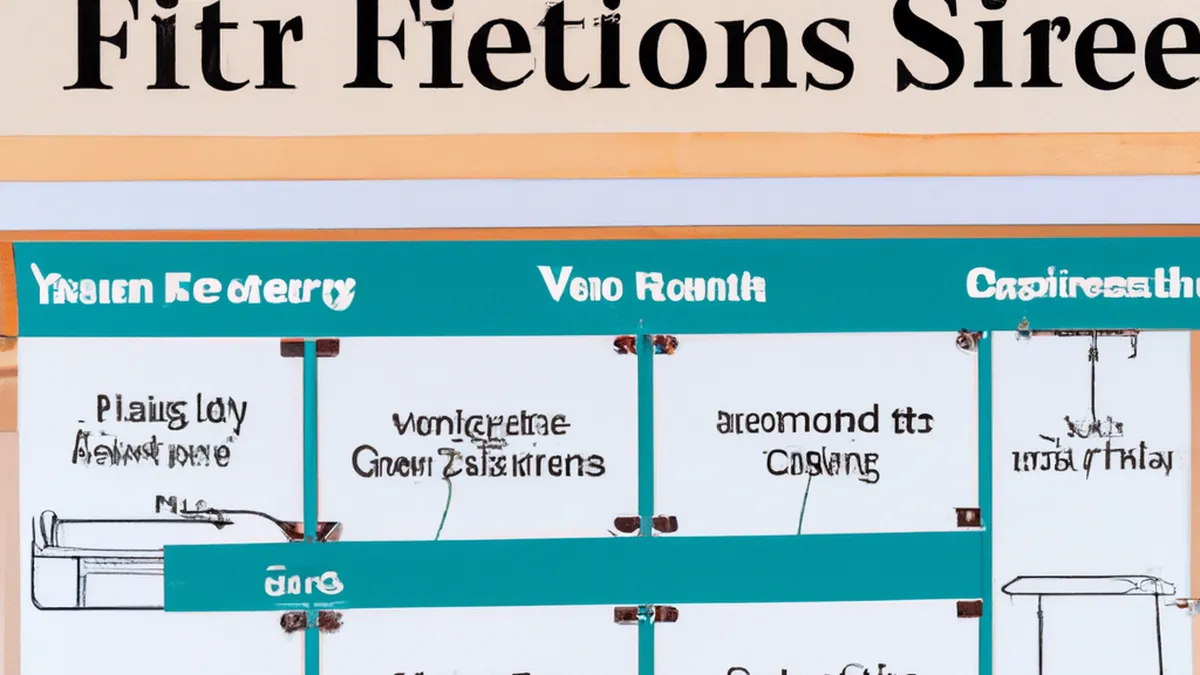Crafting Engaging Fitness Challenges for Seniors
How to Create Fitness Challenges for Seniors in Retirement Communities
Fitness challenges can boost seniors’ physical health, social engagement, and overall quality of life. These activities promote mobility, enhance morale, and foster community. Careful planning ensures challenges are appropriate and enjoyable. This guide offers tips and benefits for creating fitness challenges tailored for seniors.
Understanding the Needs of Seniors
Understanding seniors’ unique needs is crucial before designing fitness challenges. Many seniors have limited mobility or health concerns, so tailor activities accordingly.
Assess Physical Abilities
Assess potential participants’ physical abilities first. Conduct a simple survey or fitness assessment to gather information about their mobility and strength. This ensures inclusive, safe, and enjoyable challenges.
Choose Appropriate Activities
Select activities that suit various fitness levels and preferences. Offer low-impact exercises like chair yoga, water aerobics, and walking clubs. Focus on flexibility, balance, and strength to improve mobility and reduce fall risks. Include group activities to encourage social interaction and engagement.
Engage Residents in the Planning Process
Engage residents in planning to build interest and excitement in the challenges. When seniors contribute, they feel ownership and are more likely to participate.
Host a Brainstorming Session
Organize a brainstorming session for residents to share ideas and suggest enjoyable activities. Encourage open dialogue and creativity, allowing participants to express preferences. This collaborative approach increases motivation and relevance.
Create Teams
Form teams based on interests, fitness levels, or random assignments to enhance camaraderie. Team-based challenges create a friendly competitive atmosphere, encouraging seniors to engage in physical activities. Consider friendly competitions like walking challenges or scavenger hunts to foster community spirit.
Set Clear Goals and Guidelines
Establish clear goals and guidelines for each challenge. Clarity helps participants understand expectations and achievable outcomes.
Define Success Metrics
Outline success metrics for each challenge. Success may involve completing a specific number of steps, attending fitness classes, or achieving personal milestones. Setting measurable goals empowers seniors to track progress and celebrate achievements.
Provide Resources and Support
Ensure participants have access to resources that support their success. Provide schedules for fitness classes, access to trainers, and informational materials on nutrition and wellness. Ongoing support encourages seniors to stay engaged.
Conclusion
Creating fitness challenges for seniors enhances physical health and builds community. Engaging seniors in planning, setting clear goals, and providing support ensures success.
Below are related products based on this post:
FAQ
What types of activities are suitable for fitness challenges for seniors?
Suitable activities for fitness challenges for seniors include low-impact exercises such as chair yoga, water aerobics, and walking clubs. These activities focus on flexibility, balance, and strength to improve mobility while minimizing the risk of falls.
How can I involve seniors in the planning process for fitness challenges?
Involve seniors in the planning process by organizing brainstorming sessions where they can share ideas and suggest activities they would enjoy. This collaborative approach fosters a sense of ownership and increases their motivation to participate.
What should I consider when setting goals for fitness challenges?
When setting goals for fitness challenges, it’s important to establish clear expectations and define success metrics. Goals can include completing a specific number of steps, attending fitness classes, or achieving personal milestones, which empowers seniors to track their progress and celebrate their achievements.















Post Comment